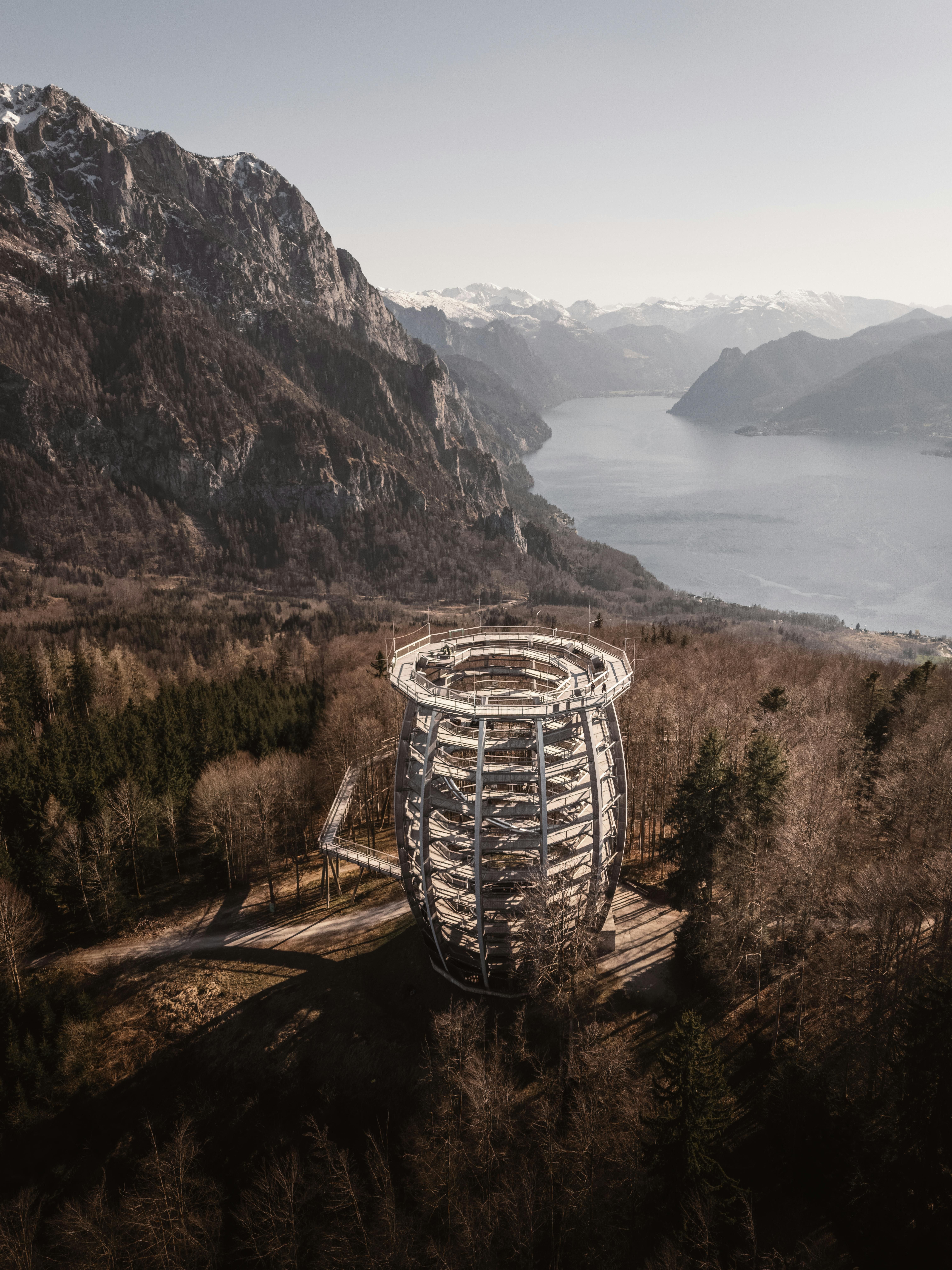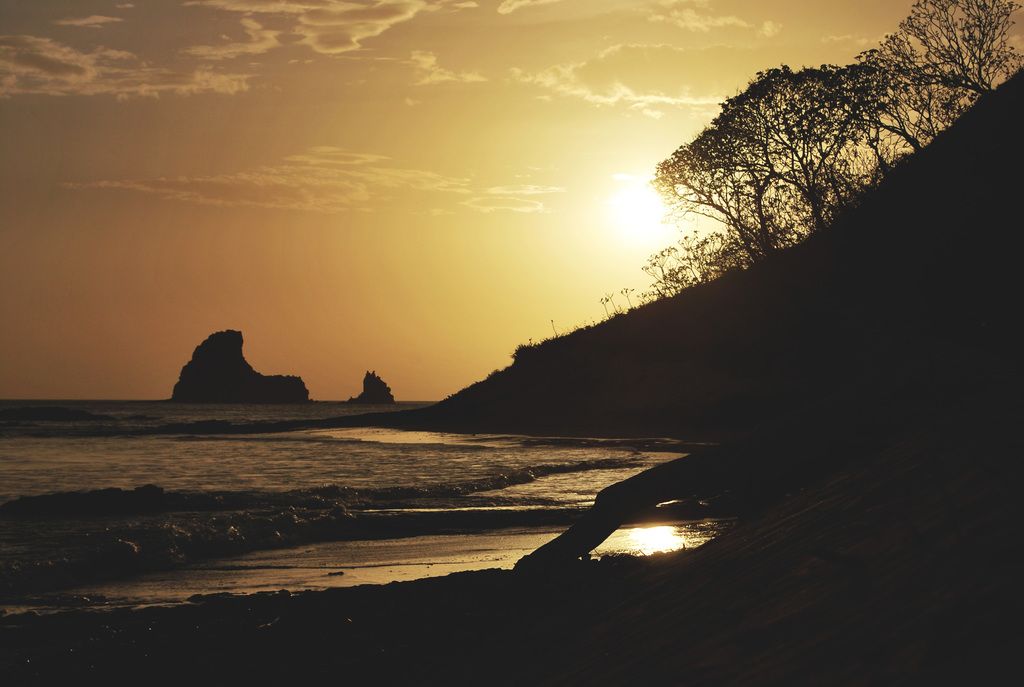Experiencing Lower Back Discomfort Post Deadlifting? Here's Some Advice to Follow
Slaughtering your lower back after a deadlift? Blame it on your technique, buddy. Master the art of preventing and easing back pain, so your deadlifting game is top-notch. Find out why deadlifting might be the miracle cure for your aching back.
"Give it your all" is about the worst piece of advice you can get at the gym.
If you're writhing in agony after deadlifting, chances are your technique is the primary offender. But a world of sore backs doesn't have to be the consequence of deadlifting. In fact, some doctors even recommend deadlifting as a medicine for lower back pain.
Here's how to ease the pain and nip it in the bud for next time.
Why does your lower back hurt after a deadlift?
Deadlifting lays a significant mechanical toll on your lumbar spine. That's the part of your spine that's located beneath your ribs and above your hips. If you're a rookie, you may feel a twinge in this area after a deadlifting session.
However, even seasoned dead lifters might suffer from lower back pain if they're not vigilant about form on every rep. Poor form exaggerates stress on your spinal extensor muscles (aka lumbar paraspinals). These muscles help stabilize your body during a deadlift, but they're not designed to shoulder the entire load. Your bigger muscles, like glutes and hamstrings, should be taking the majority of the workload.
To minimize this strain, avoid "rounding" your back when deadlifting. Keep your spine in a neutral position throughout the entire exercise.
Could it be something more severe?
Although it's more likely that your form is off, that doesn't mean other possibilities are off the table. The lumbar spine is one of the most frequently injured spots for athletes. If you're experiencing severe, sharp pain, consult a medical professional immediately.
What if the pain only presents on one side?
If you feel pain primarily on one side of your back, you might be favoring that side of your body when deadlifting. Just like your left or right hand can be dominant, most people have a dominant side when it comes to musculature and strength, too.
It's quite common to compensate for any weakness by overdoing it with your stronger side. Make sure that if your form is compromised, you train with a lower weight that your whole body can handle. Gradually work your way up to more challenging weights.
How to deadlift without aggravating your lower back
Many believe that experiencing lower back pain after deadlifting is just the cost of doing business. That's a load of bunk.
Adopting good form throughout the deadlift motion is the best method of avoiding lower back pain during exercise:
- Keep your head level. Position your head in a neutral position, looking down at the floor with your chin tucked as you set up for a deadlift. The back of your head should align with your straightened spine.
- As you reach for the barbell, ensure your knees are aligned with the middle of your feet, and your shoulders are over the bar.
- Exhale fully before lifting, which will ensure that your ribcage drops, and your abs and obliques (known as the anterior core) are engaged for the lift.
- The deadlift is primarily a hip-hinging movement. Shift your weight back slightly, then forward, as you lift the weights and stand. Learning a proper hip hinge will place less strain on your lower back and target your glutes, hamstrings, and calves.
How to soothe lower back pain after a deadlift
Although you did your best to maintain pristine form while deadlifting, your back still gives you grief. Have no fear. Chances are you're just dealing with muscle soreness.
While there isn't an instant fix, time and rest are the recipe for recovery. That means taking a break from deadlifting until the pain subsides. Even a minor muscle strain should heal within 12 weeks. Discomfort may persist another week or two, depending on the severity of the injury.
To reduce swelling and pain, apply ice to the affected area for 15 to 20 minutes every couple of hours for the first 3 days, followed by 15 to 20 minutes of a warm compress starting on the fourth day. Avoid heavy lifting and be aware of any flexing in your spine.
If icing isn't providing relief, consult a medical professional. They can evaluate you to determine if something else might be going on and recommend the most effective treatment.
FYI:
Once you start feeling better, don't shy away from activity. Being too cautious can make your back pain more likely to persist. Instead, focus on perfecting proper form with light (or no) weight until you're confident enough to increase your workload.
You should know: Once you start feeling better, don't be a wimp. Being overly cautious can actually make your back pain more persistent. Instead, focus on honing your technique with light (or zero) weight until you're comfortable enough to up the ante.
When can you deadlift again?
Wait until all pain and discomfort from your deadlifting injury have disappeared before attempting to deadlift again. Typically, that means waiting 1 to 2 weeks. In the meanwhile, you can focus on developing core stability exercises like:
- glute squeezes
- bridge exercises
- pelvic tilts
- abdominal draw-in maneuvers
- dead bugs
- TA (transverse abdominus) bracing
How can deadlifting ease lower back pain?
It's a myth that deadlifting is inherently hazardous for your back. In fact, research shows that deadlifting - when it's executed correctly - can help alleviate pain for some individuals dealing with mechanical lower back pain (MLBP). Deadlifting can reduce pain scores and enhance function in the lower back when part of a rehabilitation program.
- Incorrect technique during deadlifting might be the root cause of your lower back pain after a workout.
- Improper form during deadlifting can put undue stress on the spinal extensor muscles, leading to muscle soreness.
- Adopting good form, such as keeping your spine neutral, engaging your glutes and hamstrings, and using proper hip-hinging technique, can help prevent lower back pain when deadlifting.





